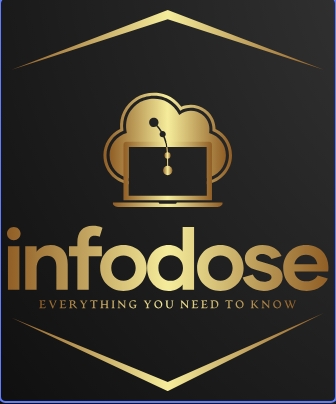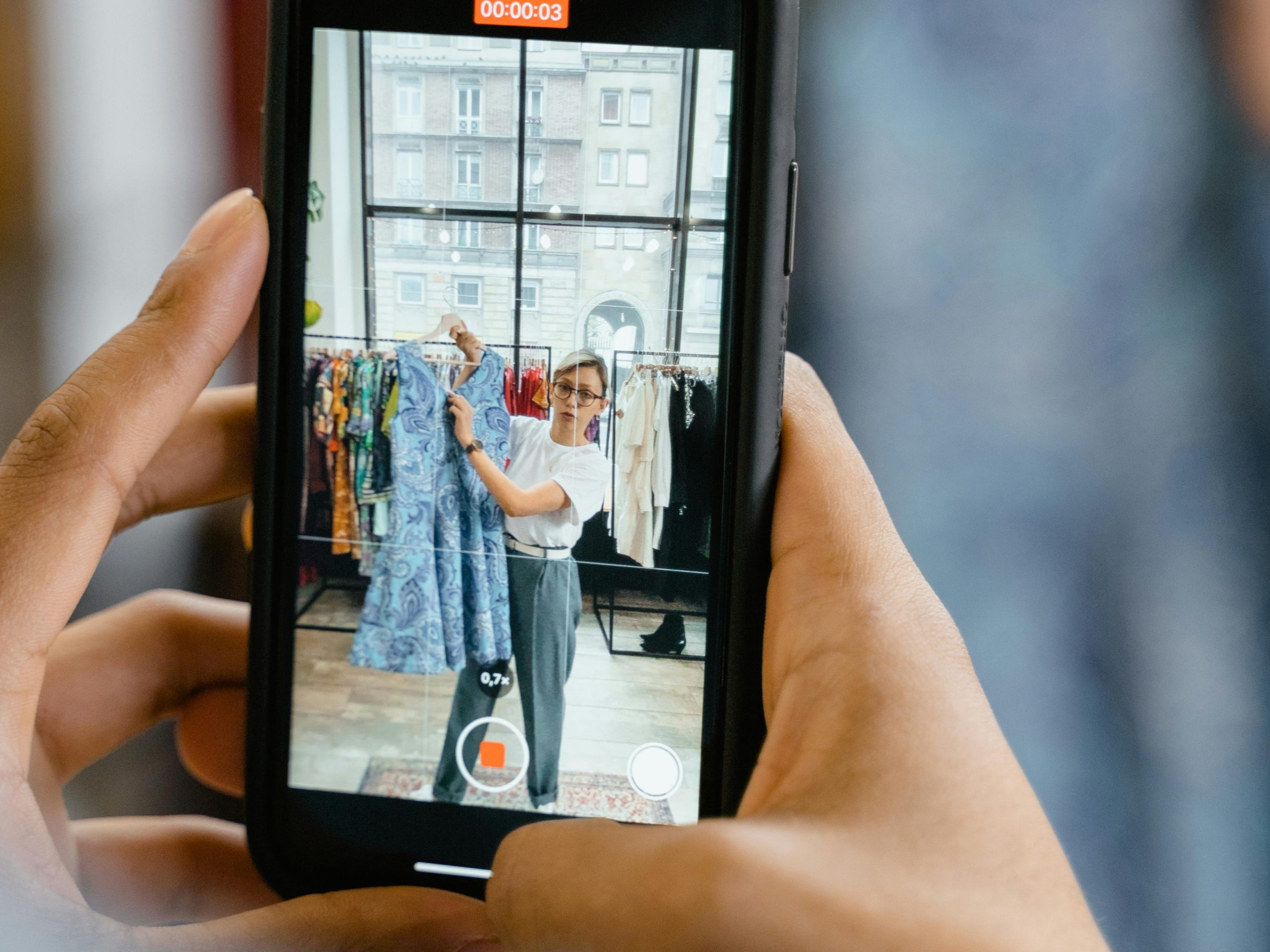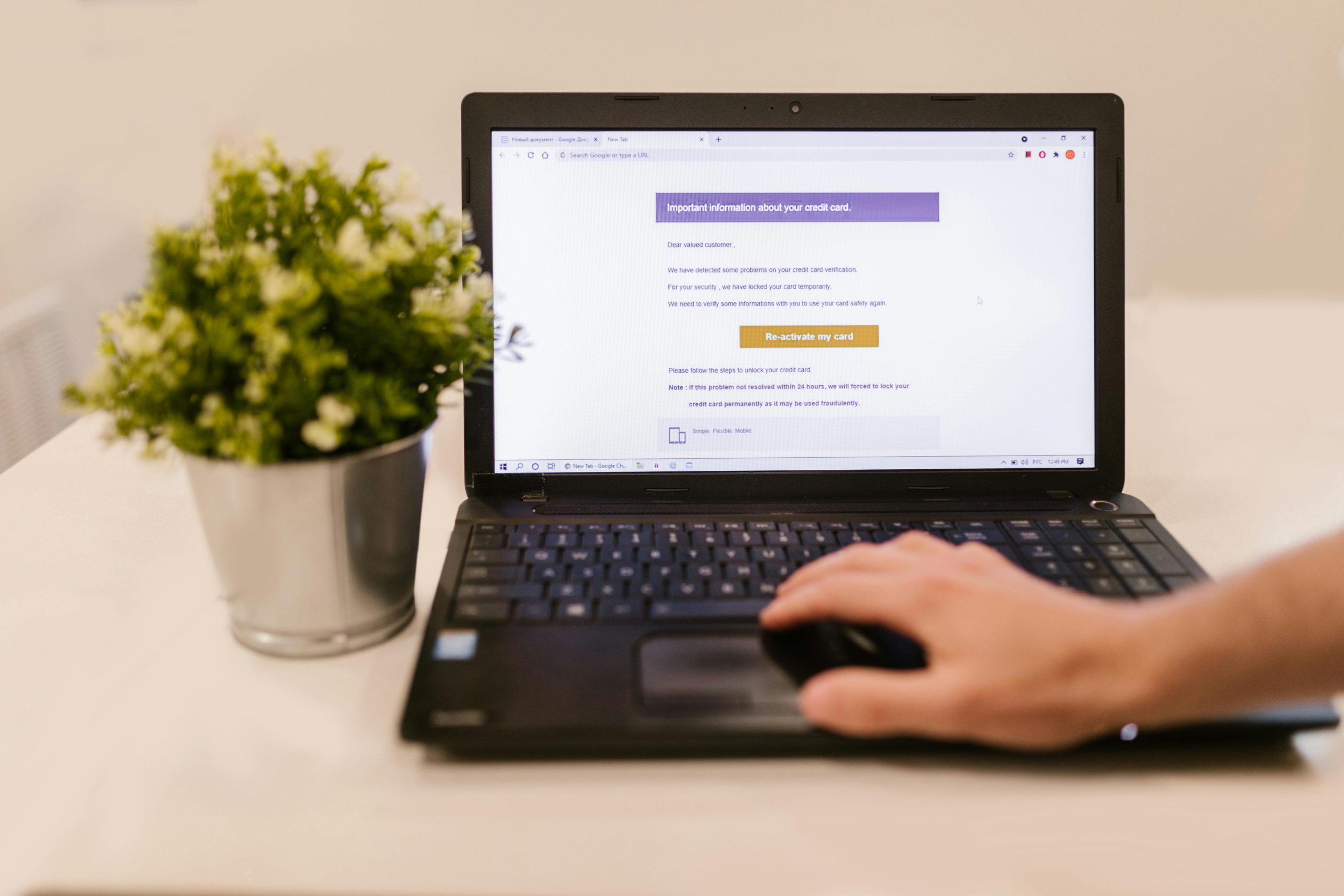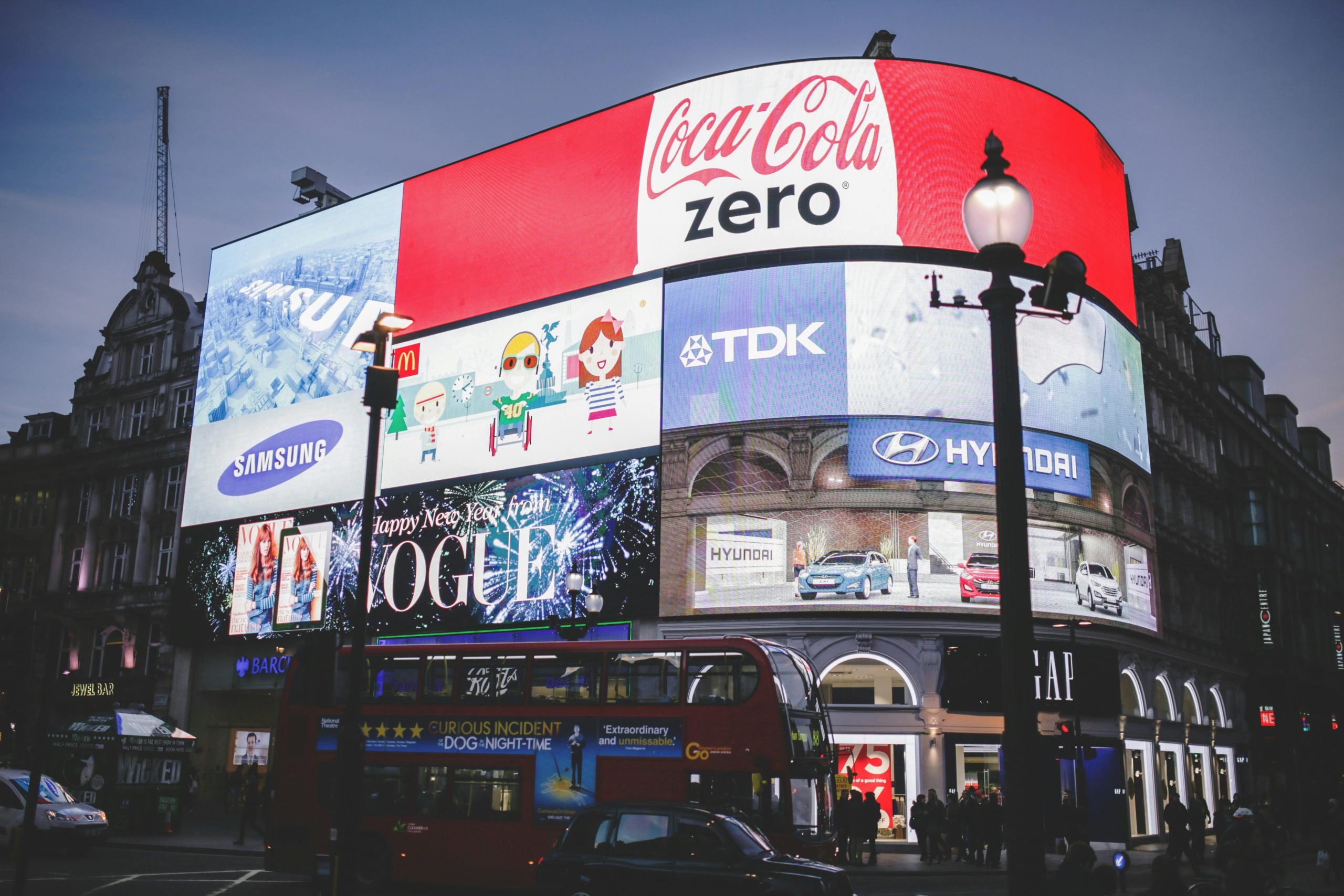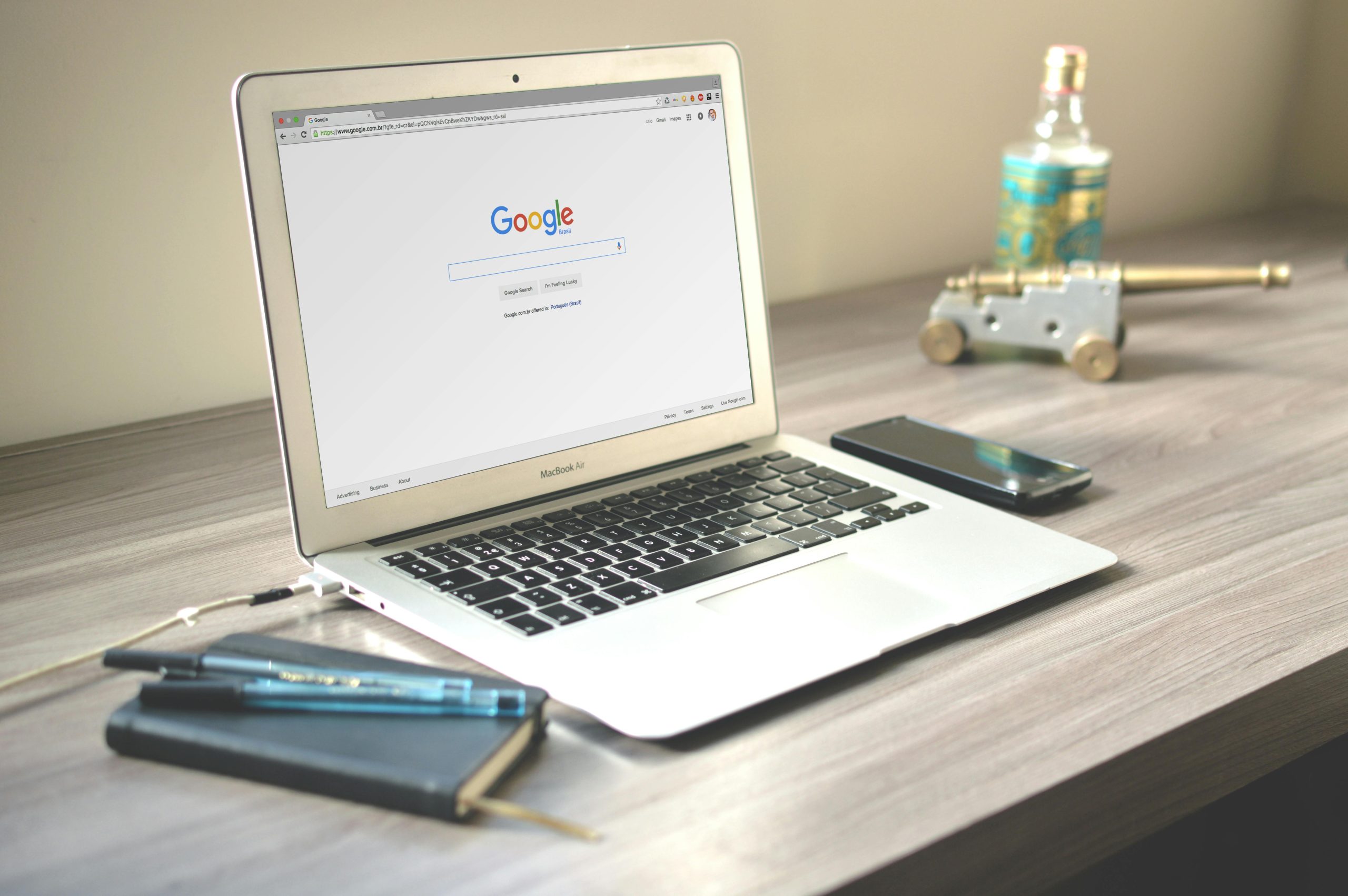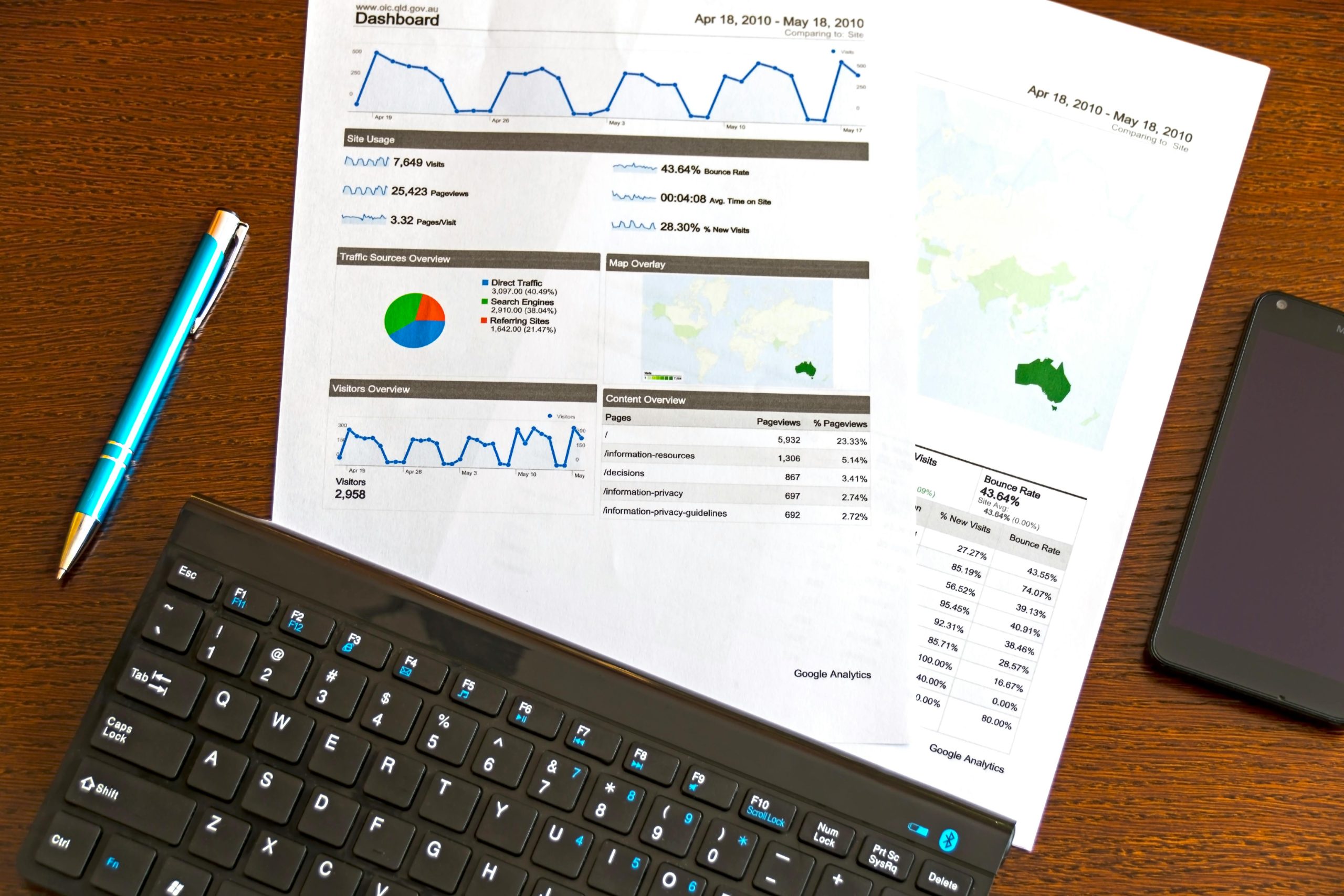Imagine this: A customer sees your brand’s ad while scrolling through Instagram. Later, they search for your product on Google, click on your website, and sign up for your newsletter. A few days later, they receive a personalized email with an exclusive offer. Finally, they visit your store or website and make a purchase—without any friction or confusion.
This isn’t just good luck; it’s the power of omnichannel marketing—a strategy that connects all touchpoints of your brand into one seamless customer journey. In today’s competitive landscape, businesses can’t afford to rely on just one platform or tactic. From paid social ads and PPC advertising campaigns to SEO for small businesses and content marketing for startups, a cohesive approach ensures customers experience your brand consistently across all channels.
So, what’s in it for you? This article will break down how omnichannel marketing can help you:
✅ Maximize your ROI in digital advertising by integrating multiple channels effectively
✅ Leverage AI-driven marketing tools and marketing automation tools for a smarter, data-driven strategy
✅ Improve B2B lead generation strategies and boost customer retention
✅ Use performance marketing strategies to optimize campaigns and drive conversions
✅ Enhance brand awareness through video marketing, influencer marketing for businesses, and community marketing for startups
Whether you’re a small business owner, a startup founder, or a seasoned marketer looking to fine-tune your branding strategies, this guide will give you actionable insights to create a frictionless, high-performing marketing ecosystem. Ready to transform the way you connect with customers? Let’s get started.
How to Build an Effective Omnichannel Marketing Strategy That Converts
Now that we’ve established why omnichannel marketing is essential, let’s dive into the nuts and bolts of how to make it work for your business. Unlike a simple multichannel approach, omnichannel marketing ensures seamless integration across all platforms—whether it’s paid social ads, SEO for small businesses, or email marketing automation.
Below, we’ll break down the essential components of a winning omnichannel strategy, share real-world examples, and provide actionable steps to boost engagement and ROI.
1. Unify Your Customer Data for a Seamless Experience
Why It Matters:
An omnichannel strategy is only as strong as the data behind it. Without a centralized customer profile, you’re just throwing marketing messages into the void. To truly understand your audience, businesses must unify customer data from:
✅ Website interactions (search queries, purchases, and abandoned carts)
✅ Social media engagement (likes, shares, and comments)
✅ Email campaigns (open rates, click-throughs, and conversions)
✅ In-store behavior (POS transactions and customer inquiries)
Actionable Tip: Use AI-driven marketing tools and predictive analytics in marketing to track customer behavior in real time. Platforms like HubSpot, Salesforce, or Zoho CRM allow businesses to create a 360-degree customer view, helping brands personalize their marketing messages effectively.
2. Align Content with the Customer Journey
Why It Matters:
A major mistake brands make is delivering the wrong content at the wrong time. A potential customer in the awareness stage needs educational content, while someone ready to buy requires persuasive messaging.
The Right Content at the Right Time
🔹 Awareness Stage – Blog posts, social media content, and video marketing for brand awareness
🔹 Consideration Stage – Webinars, case studies, and influencer marketing for businesses
🔹 Decision Stage – Limited-time offers, testimonials, and PPC advertising campaigns
Actionable Tip: Leverage content marketing for startups by repurposing high-performing content across multiple platforms. For example, a long-form blog post can be turned into:
- A YouTube video for engagement
- A LinkedIn carousel post for professional audiences
- A Twitter thread for bite-sized insights
3. Optimize for Local & Mobile Experiences
Why It Matters:
With the rise of mobile-first search and voice search, optimizing for local SEO for local businesses is crucial. A well-structured local omnichannel strategy ensures that businesses are visible whether a customer searches on Google, asks Alexa for recommendations, or scrolls through Instagram.
Key Optimization Strategies
📍 Google My Business (GMB) Optimization – Ensure all business information is accurate and update posts regularly.
📍 Mobile-Friendly Website – Use responsive design, fast load times, and SEO strategies to drive organic growth for small businesses.
📍 Hyperlocal Ads – Utilize PPC advertising campaigns targeted at specific zip codes or local events.
Actionable Tip: For brick-and-mortar businesses, integrate geofencing ads with social media marketing for small businesses to drive foot traffic.
4. Automate for Personalization & Efficiency
Why It Matters:
Customers expect personalized marketing strategies—and brands that deliver see higher conversion rates and customer loyalty. However, manually personalizing campaigns is time-consuming. This is where marketing automation tools come in.
How to Automate Without Losing the Human Touch
🤖 Email Marketing Automation – Set up behavior-based triggers (e.g., abandoned cart reminders, post-purchase follow-ups).
🤖 Chatbots & AI Assistants – Use AI-powered tools to provide real-time responses and improve customer engagement.
🤖 Predictive Analytics in Marketing – Leverage AI to analyze customer behavior and suggest the best time to send campaigns.
Real-World Example:
Brands like Sephora and Nike use AI-driven personalization to recommend products based on browsing history. Spotify’s “Discover Weekly” playlist is another perfect example of automation meeting personalization.
5. Measure, Test, and Refine Your Strategy
Why It Matters:
Marketing success isn’t just about implementation—it’s about tracking performance and making data-driven decisions.
Key Metrics to Track
📊 ROI in Digital Advertising – Analyze which platforms bring the best returns
📊 Customer Engagement – Track email open rates, social media interactions, and website dwell time
📊 Conversion Rates – Monitor sales, sign-ups, and customer retention rates
Actionable Tip: Run A/B tests on paid social ads to identify the most effective messaging and visuals.
What’s Next? Bringing It All Together
By implementing these effective omnichannel marketing techniques for growing companies, businesses can increase conversions, enhance customer loyalty, and maximize their marketing ROI.
In the final section, we’ll tie everything together with real-world case studies, highlighting brands that have mastered omnichannel marketing and how you can replicate their success. Stay tuned!
The Future of Marketing is Omnichannel—Are You Ready?
Think back to the customer journey we painted at the beginning of this article—the seamless, intuitive experience where a brand meets its audience at just the right time, on just the right platform. That’s the magic of omnichannel marketing in action. But here’s the real takeaway: This isn’t a luxury or a trend—it’s an expectation.
Today’s consumers are digital-first, mobile-driven, and brand-loyal only when their experiences are effortless. Whether they’re clicking on a PPC advertising campaign, engaging with influencer marketing for businesses, or researching through SEO for small businesses, they want a consistent, personalized interaction across all touchpoints.
So, what’s the final step? Execution.
Bringing It All Together: Your Omnichannel Success Checklist
To ensure your business isn’t just participating but excelling in omnichannel marketing, here’s a final action plan:
✅ Unify Your Data – Use AI-driven marketing tools and marketing automation platforms to track customer interactions across multiple channels.
✅ Optimize for Every Platform – Whether it’s social media marketing for small businesses, local SEO for local businesses, or B2B lead generation strategies, each channel must work cohesively.
✅ Personalize Your Messaging – Leverage predictive analytics in marketing to deliver the right message to the right audience at the perfect time.
✅ Automate for Scale – Invest in email marketing automation, chatbots, and performance marketing strategies to ensure efficiency without sacrificing human touch.
✅ Measure & Adapt – Track ROI in digital advertising, test branding strategies for businesses, and refine based on data-driven marketing solutions.
A New Era of Marketing: Your Next Move
The brands that thrive in 2025 and beyond won’t be the ones with the biggest ad budgets. They’ll be the ones that understand, anticipate, and seamlessly connect with their customers—wherever they are.
So here’s the challenge: Are you ready to meet your audience where they are, and create a truly connected brand experience?
💡 Take the next step:
🔹 Need tools to power your strategy? Explore the best marketing automation tools for your business.
🔹 Want more insights? Subscribe for expert guides on digital marketing strategies and content marketing for startups.
🔹 Know someone who needs to see this? Share this article and start the conversation.
Your audience is already moving seamlessly between platforms—it’s time your marketing does too. 🚀
- All Posts
- Marketing & Advertising
